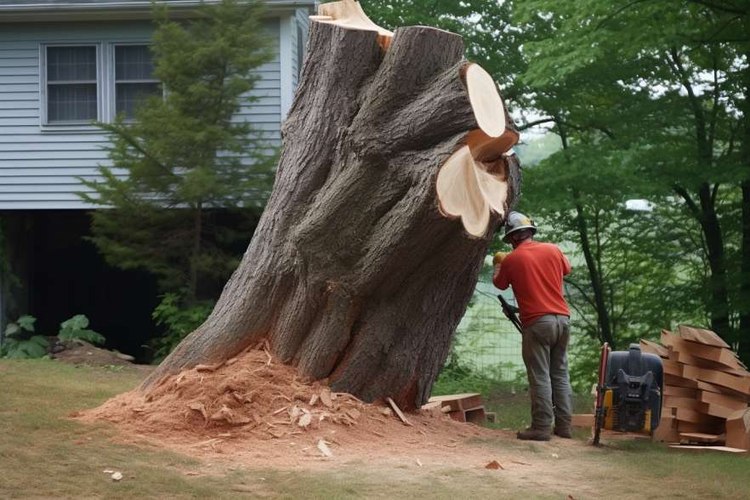Tree Felling: Techniques, Equipment, and Landscape Considerations
Tree felling requires planning, skill, and the right equipment to remove a tree safely while minimizing damage to surrounding property and landscape. Whether clearing a hazard, making room for construction, or managing vegetation, understanding assessment, legal requirements, and the roles of machinery helps property owners and professionals make informed decisions. This article explains common felling methods, how tree removal integrates with site machinery like skid steer loaders, and how to protect and restore the landscape after work is completed.

How is a tree assessed before felling? (tree)
A proper assessment examines the species, trunk condition, root stability, lean, surrounding structures, and nearby utilities. Inspectors look for signs of decay, previous pruning wounds, cavities, or root rot that can change how a tree might fall. Access for equipment and escape routes for workers are planned, and local regulations or permits are checked. An arborist or experienced crew typically documents hazards and recommends whether partial pruning, cabling, or full tree removal is the safest option for the site and nearby people.
What techniques are used for tree removal?
Tree removal methods vary from simple directional felling to complex dismantling. For isolated trees with clear drop zones, directional cuts and notch-and-backcut techniques guide where the tree will fall. In tight or urban spaces, section felling (removing the crown and trunk in pieces) is safer, often with rope rigging to control each section. Chippers and stump grinders manage debris and stumps after cutting. Proper personal protective equipment, traffic control, and trained spotters are essential to reduce risks during tree removal operations.
How is a skid steer used in felling and cleanup? (skid steer)
A skid steer loader is versatile for post-felling tasks but is usually not used to cut standing trees. Typical skid steer roles include moving logs, feeding chippers, clearing brush, and hauling root balls or stump debris. With attachments such as grapples, mulchers, and stump grinders, a skid steer speeds cleanup and reduces manual labor. Operators must be trained and mindful of ground conditions; soft soils or slopes can affect stability. Using a skid steer efficiently helps restore the job site faster while reducing overall machinery wear.
What machinery is commonly used and how is it maintained? (machinery)
Beyond chainsaws and personal protective gear, common machinery includes chippers, stump grinders, cranes for high-risk removals, excavators for root removal, and trucks for hauling timber. Regular maintenance—fueling, chain sharpening, belt checks, hydraulic fluid inspection, and safety system testing—keeps equipment reliable and safer in the field. Pre-job inspections should confirm guards, emergency stop functions, and correct attachment pins. Proper maintenance schedules and operator training reduce downtime and the likelihood of accidents associated with faulty machinery.
How does tree felling affect the landscape and what are restoration options? (landscape)
Tree removal changes light, soil moisture, and wind patterns which can affect remaining plants. Stump removal or grinding and careful grading help prevent tripping hazards and enable planting. Wood chips can be used as mulch to retain moisture and reduce erosion, while larger logs may be repurposed for habitat, firewood, or landscape features. After felling, soil testing and choosing appropriate replacement species that suit the microclimate and soil will support long-term landscape resilience. Consider erosion control measures on slopes and replanting plans consistent with local regulations.
Conclusion
Tree felling blends technical skill, planning, and appropriate use of machinery to manage safety and landscape outcomes. Evaluating the tree and site, choosing the right removal techniques, integrating equipment like skid steers for cleanup, and following a maintenance and restoration plan help ensure work proceeds efficiently and with minimal collateral impact. For complex or high-risk trees, consultation with certified arborists and experienced crews increases the likelihood of a safe and ecologically sound result.






